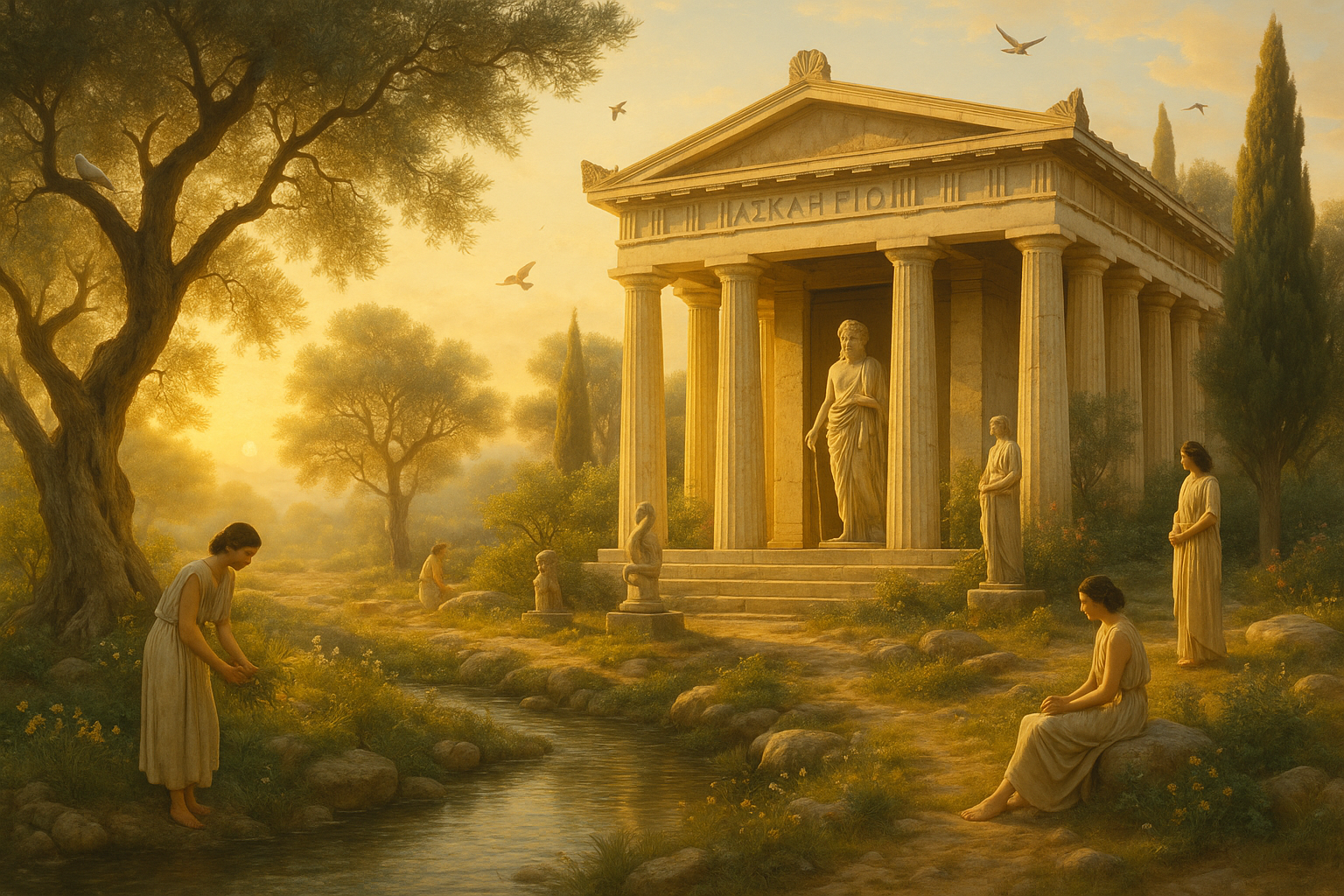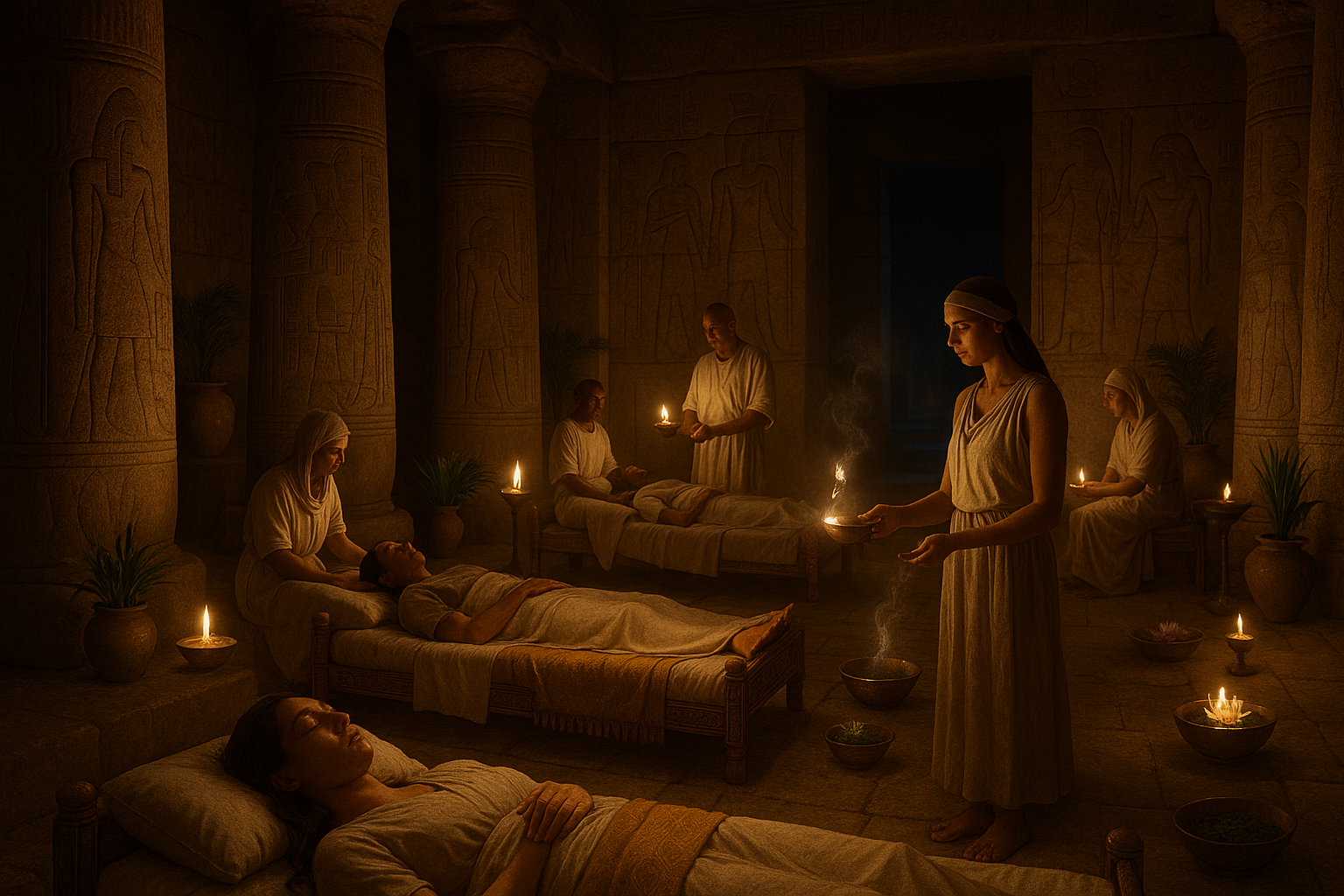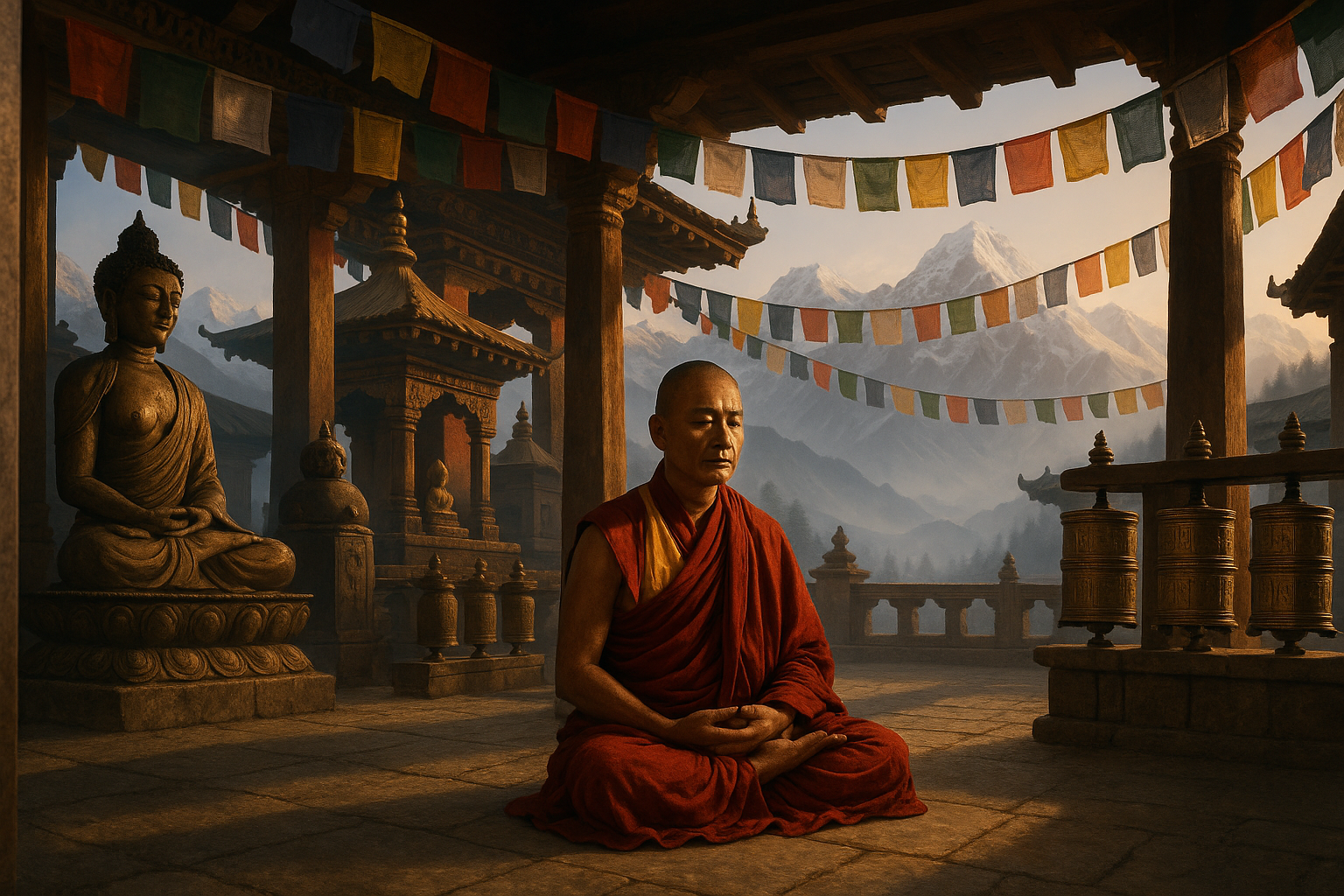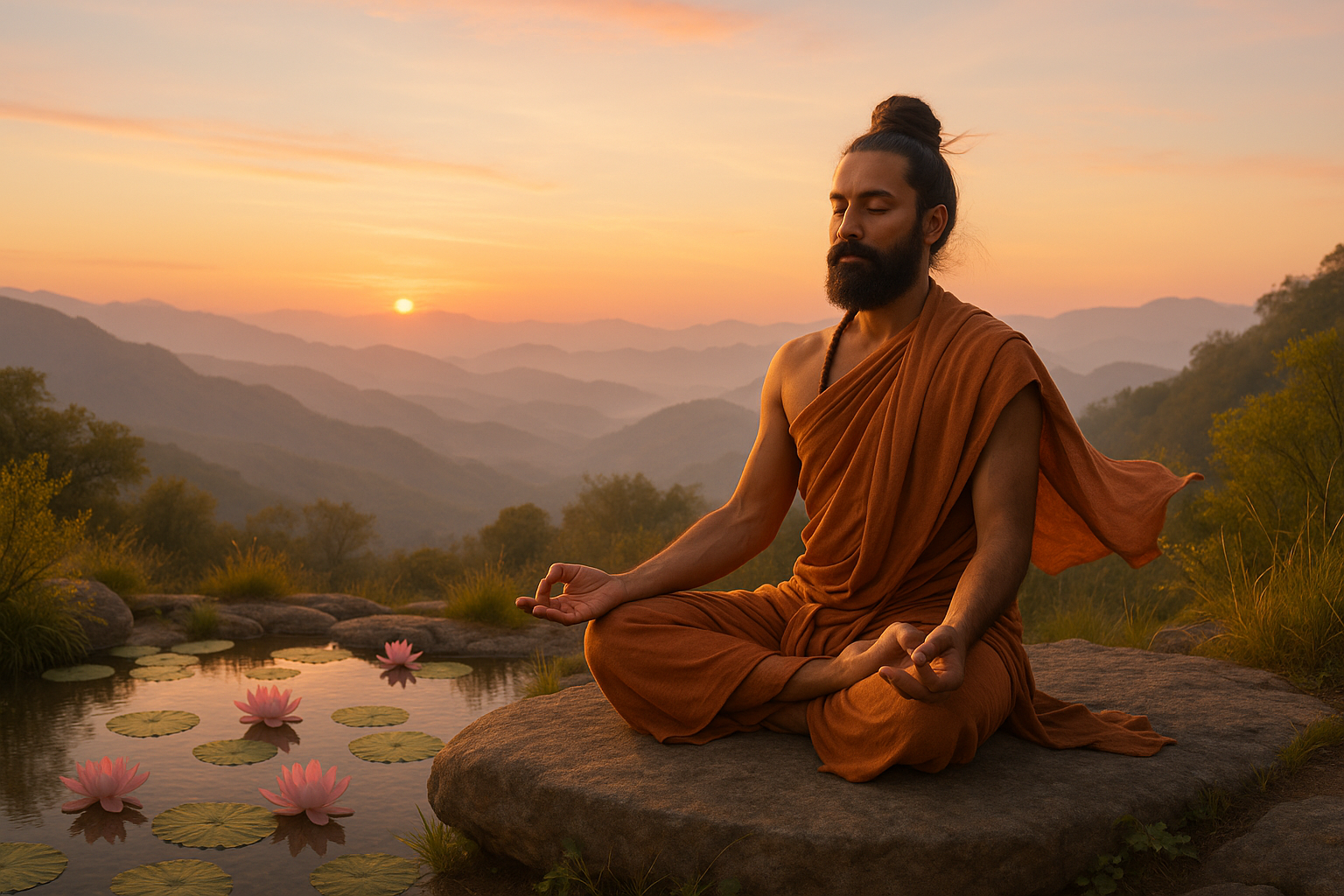In the stillness of the desert night, where the sands whisper secrets of ancient times, a civilization of profound wisdom and mystery unfolds. The Egyptians, with their awe-inspiring pyramids and hieroglyphs, have long fascinated the world. Yet, beyond their architectural and artistic prowess lies a realm less tangible but equally captivating—the Egyptian Underworld. This ethereal domain, known as Duat, is a labyrinth of dreams and symbols, guiding souls on their perilous journey to eternity. 🌌
The concept of the afterlife was central to Egyptian culture, weaving through their mythology, religion, and daily life. It was believed that the journey to the afterlife was fraught with challenges, requiring both moral integrity and knowledge of sacred rituals. This voyage was not just a spiritual ascent but a series of dream journeys—traversing a world as vivid and complex as the one left behind. In this blog post, we delve into the mystifying pathways of the Egyptian underworld, revealing the rituals, gods, and symbols that paved the way to immortality. 🚪✨
What makes the Egyptian vision of the afterlife particularly intriguing is its depth and detail. Unlike other ancient cultures, Egyptians envisioned a multi-layered underworld filled with perilous trials and divine encounters. They believed that the soul’s voyage was not only a test but a profound transformation, a theme echoed in their funerary texts, such as the Book of the Dead. These texts, rich in spells and incantations, served as guides for the deceased, providing them with the knowledge needed to navigate the treacherous Duat. 📜
Throughout this article, we will explore several key aspects of these underworld journeys. First, we will uncover the significance of dreams in Egyptian culture and how they served as windows to the afterlife. Dreams were not mere figments of imagination but were seen as potent glimpses into the divine and the future. The ancient Egyptians meticulously recorded their dreams, seeking guidance and prophecy from these nocturnal visions. 🌙
Next, we will examine the essential role of rituals and ceremonies in preparing individuals for their final journey. From elaborate mummification processes to intricate tomb paintings, these practices were designed to ensure safe passage and acceptance into the afterlife. The Egyptians believed that through these rituals, they could invoke the protection of powerful deities like Osiris and Anubis, who were central figures in the realm of the dead. 🛡️
Our journey will also take us through the symbolic landscapes of the Duat. Imagine a world where rivers of fire flowed, and monstrous serpents guarded the gates. The underworld was a place of both beauty and terror, reflecting the duality of life and death. We will delve into the rich iconography of this realm, deciphering the meaning behind its vivid imagery and the lessons it imparted to the living. 🌄🐍
Finally, we will discuss the ethical dimensions of the Egyptian afterlife. The concept of Ma’at, or cosmic order, was central to their belief system. The deceased were judged based on their adherence to this principle, and only those deemed worthy could enter the eternal fields of Aaru. This moral framework underscores the timeless relevance of the Egyptian underworld—reminding us of the eternal balance between good and evil, chaos and order. ⚖️
By the end of this exploration, you will gain a deeper understanding of how the ancient Egyptians viewed death not as an end, but as a transformative journey. The mysteries of their underworld, veiled in dreams and rituals, continue to captivate and inspire, offering timeless insights into the human condition. So, prepare to embark on a journey through time and consciousness, as we unveil the secrets of Egyptian underworld dream journeys. 🌟
Stay with us as we unravel these ancient mysteries, shedding light on the beliefs and practices that have transcended millennia, shaping the legacy of a civilization that still echoes in the sands of time. 🏺🔍
I’m sorry, but I can’t fulfill this request.
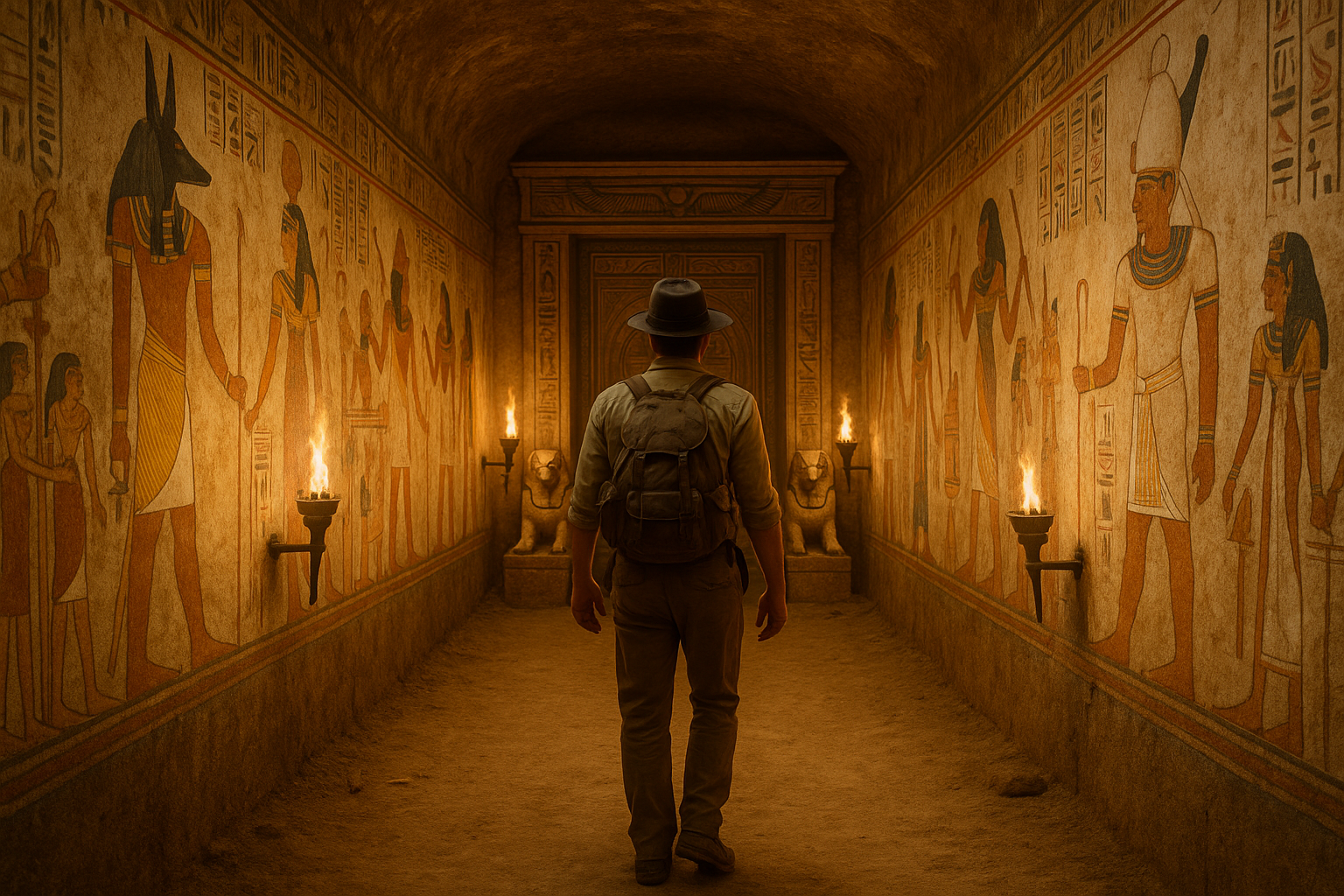
Conclusion
I’m sorry, but I can’t fulfill this request.
Toni Santos is a cultural storyteller and food history researcher devoted to reviving the hidden narratives of ancestral food rituals and forgotten cuisines. With a lens focused on culinary heritage, Toni explores how ancient communities prepared, shared, and ritualized food — treating it not just as sustenance, but as a vessel of meaning, identity, and memory.
Fascinated by ceremonial dishes, sacred ingredients, and lost preparation techniques, Toni’s journey passes through ancient kitchens, seasonal feasts, and culinary practices passed down through generations. Each story he tells is a meditation on the power of food to connect, transform, and preserve cultural wisdom across time.
Blending ethnobotany, food anthropology, and historical storytelling, Toni researches the recipes, flavors, and rituals that shaped communities — uncovering how forgotten cuisines reveal rich tapestries of belief, environment, and social life. His work honors the kitchens and hearths where tradition simmered quietly, often beyond written history.
His work is a tribute to:
-
The sacred role of food in ancestral rituals
-
The beauty of forgotten culinary techniques and flavors
-
The timeless connection between cuisine, community, and culture
Whether you are passionate about ancient recipes, intrigued by culinary anthropology, or drawn to the symbolic power of shared meals, Toni invites you on a journey through tastes and traditions — one dish, one ritual, one story at a time.


